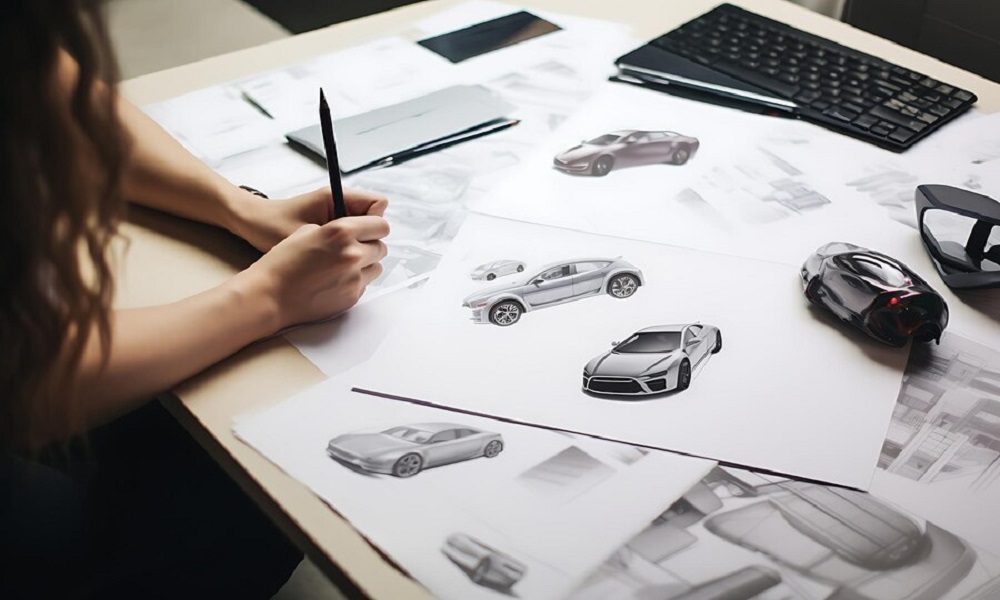Introduction:
As urban areas continue to grow, the challenge of designing efficient and sustainable mobility solutions becomes increasingly critical. At the Unitedworld Institute of Design (UID), students in the B.Design course focusing on Mobility Design are at the forefront of tackling these challenges. This blog explores how these future designers are being prepared to transform urban mobility landscapes for a more sustainable and efficient future.
The Shift Towards Sustainable Urban Mobility:
The urgent need for sustainable urban mobility solutions has never been more apparent. With the rise in urban population, congestion, and the environmental impact of traditional transportation modes, cities require innovative solutions that balance efficiency with sustainability. Mobility Design at UID addresses this by teaching students to create systems and vehicles that reduce carbon footprints, optimize energy consumption, and enhance public health.
Curriculum that Drives Change:
The B.Design program at UID equips students with the knowledge and skills needed to design the next generation of transportation systems. The curriculum covers a range of topics from the basics of design principles to advanced courses in sustainable materials and technologies. Students learn through a combination of theoretical instruction and hands-on projects, which often involve collaborations with industry leaders and urban planners.
Innovations in Mobility Design:
Students at UID are encouraged to think beyond traditional vehicles and consider broader mobility systems. This includes the design of efficient public transit systems, pedestrian-friendly urban spaces, and innovative last-mile transportation solutions such as e-scooters and bikes. These projects not only demonstrate the potential for greener alternatives but also address the accessibility and usability of urban transport.
Technology’s Role in Future Designs:
Technology plays a pivotal role in the evolution of mobility design. At UID, students are exposed to the latest advancements in AI, IoT, and smart city technologies. By integrating these tools, they learn to develop solutions that are not only environmentally friendly but also seamlessly integrated with the digital world. For instance, designing smarter traffic management systems that reduce idle times and optimize traffic flow, contributing to lower emissions and improved urban air quality.
Collaborative Projects and Real-World Impact:
One of the key strengths of the Mobility Design program at UID is its focus on real-world applications. Students frequently engage in projects with municipal governments and private sector partners to design and test their concepts in actual urban settings. These opportunities not only provide invaluable practical experience but also allow students to make a tangible impact even before they graduate.
Conclusion:
The B.Design course in Mobility Design at UID is more than just an educational program; it’s a crucible where future leaders in urban mobility are forged. By focusing on efficiency and sustainability, UID is helping shape the future of how we move in urban environments. As cities continue to evolve, the innovative approaches developed by UID students will undoubtedly play a critical role in ensuring that growth is sustainable and inclusive.






